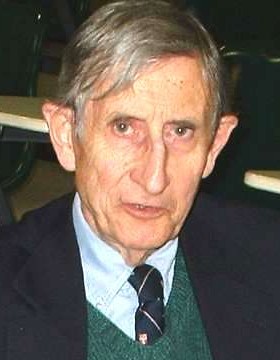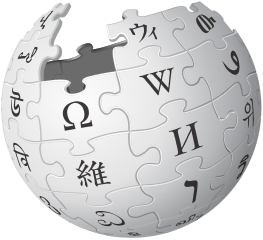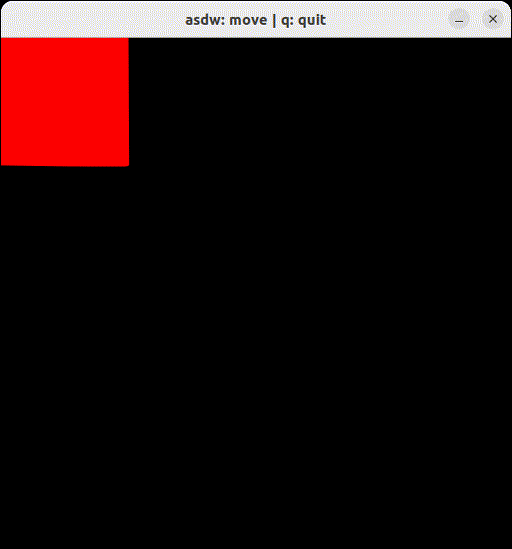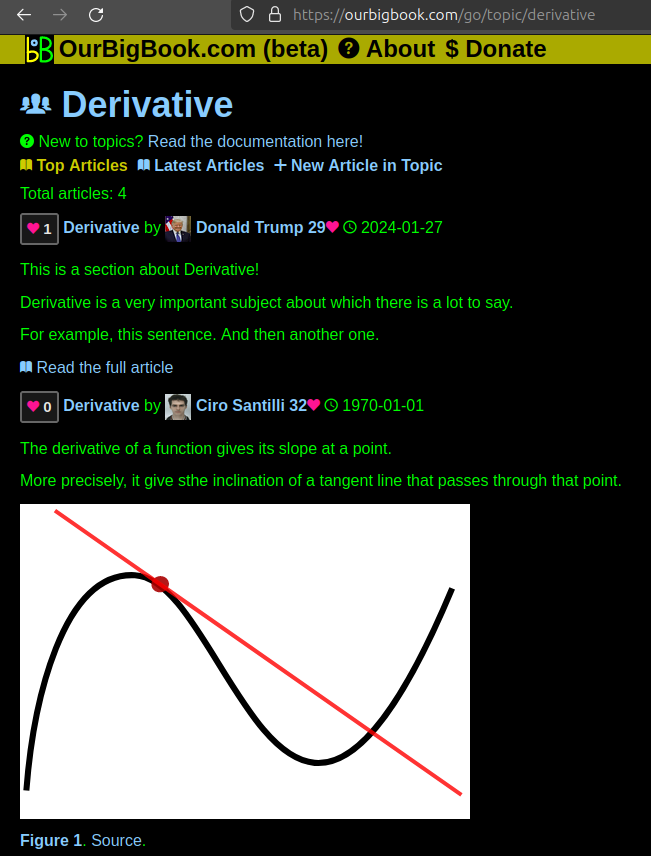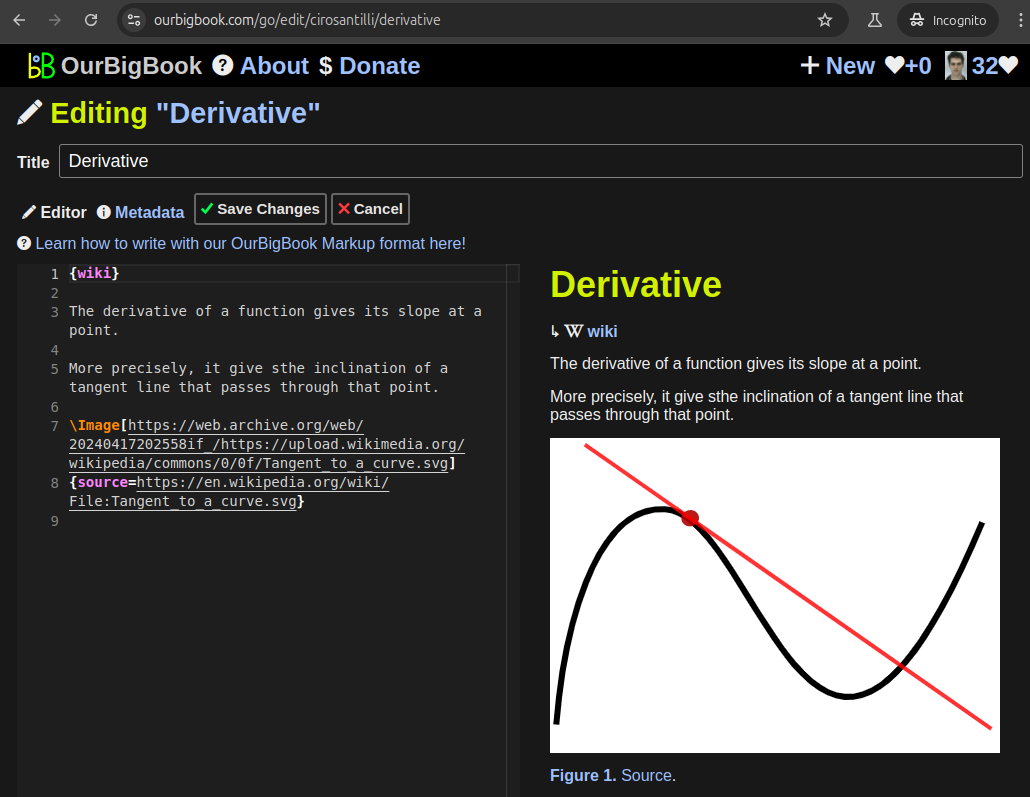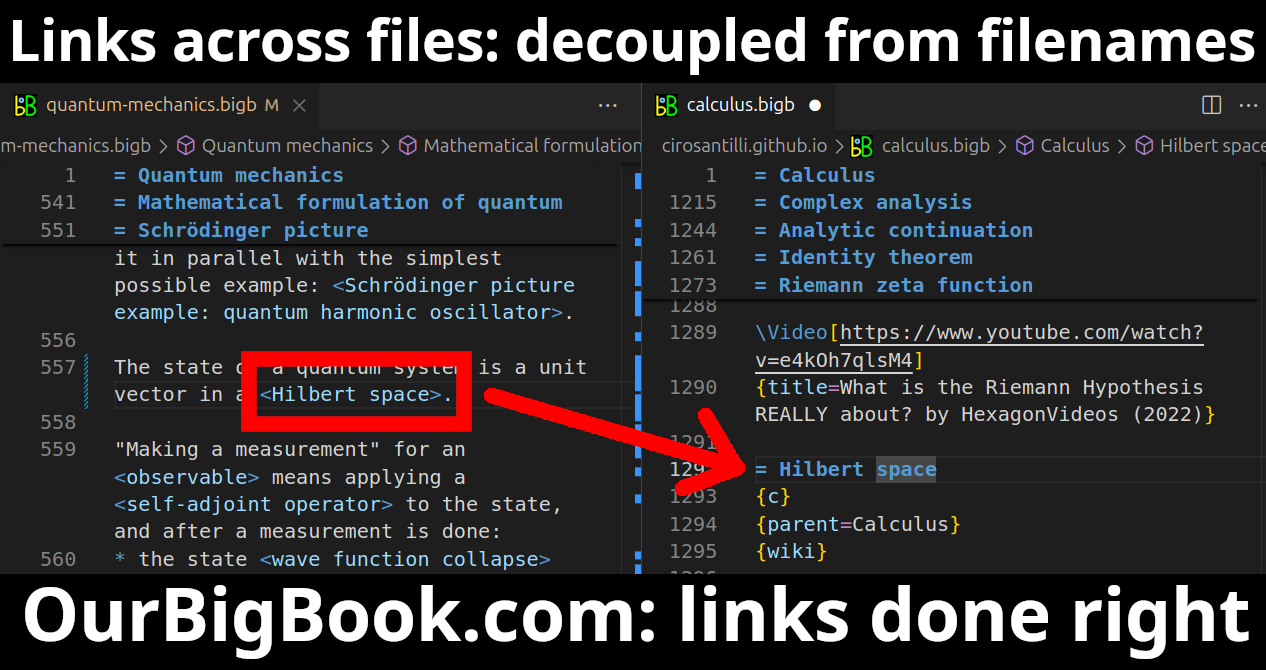This technique is crazy! It allows to both:You actually see discrete peaks at different minute counts on the other end.
- separate gaseous mixtures
- identify gaseous compounds
It is based on how much the gas interacts with the column.
Detection is usually done burning the sample to ionize it when it comes out, and then you measure the current produced.
Gas chromatography by Quick Biochemistry Basics (2019)
Source. Ahh, Ciro Santilli was certain this was some slang neologism, but it is actually Greek! So funny. Introduced into English in the 19th century according to: www.merriam-webster.com/dictionary/kudo.
2s/2p energy split in the hydrogen emission spectrum, not predicted by the Dirac equation, but explained by quantum electrodynamics, which is one of the first great triumphs of that theory.
Note that for atoms with multiple electrons, 2s/2p shifts are expected: Why does 2s have less energy than 1s if they have the same principal quantum number?. The surprise was observing that on hydrogen which only has one electron.
Initial experiment: Lamb-Retherford experiment.
On the return from the train from the Shelter Island Conference in New York, Hans Bethe managed to do a non-relativistic calculation of the Lamb shift. He then published as The Electromagnetic Shift of Energy Levels by Hans Bethe (1947) which is still paywalled as of 2021, fuck me: journals.aps.org/pr/abstract/10.1103/PhysRev.72.339 by Physical Review.
The Electromagnetic Shift of Energy Levels Freeman Dyson (1948) published on Physical Review is apparently a relativistic analysis of the same: journals.aps.org/pr/abstract/10.1103/PhysRev.73.617 also paywalled as of 2021.
TODO how do the infinities show up, and how did people solve them?
Lamb shift by Dr. Nissar Ahmad (2020)
Source. Whiteboard Lecture about the phenomena, includes description of the experiment. Seems quite good.www.mdpi.com/2624-8174/2/2/8/pdf History and Some Aspects of the Lamb Shift by G. Jordan Maclay (2019)
Mentions that he moved to the USA from the United Kingdom specifically because great experiments were being carried at Columbia University, which is where the Lamb-Retherford experiment was done, and that Isidor Isaac Rabi was the head at the time.
He then explains mass renormalization briefly: instead of calculating from scratch, you just compare the raw electron to the bound electron and take the difference. Both of those have infinities in them, but the difference between them cancels out those infinities.
Hans Bethe - The Lamb shift (1996)
Source. Lamb shift by Vidya-mitra (2018)
Source. But once designs started getting very complicated, it started to make sense to separate concerns between designers and fabs.
What this means is that design companies would primarily write register transfer level, then use electronic design automation tools to get a final manufacturable chip, and then send that to the fab.
The term "Fabless" could in theory refer to other areas of industry besides the semiconductor industry, but it is mostly used in that context.
Ciro Santilli's admiration for Dyson goes beyond his "unify all the things approach", which Ciro loves, but also extends to the way he talks and the things he says. Dyson is one of Ciro's favorite physicist.
Besides this, he was also very idealistic compassionate, and supported a peaceful resolution until World War II with United Kingdom was basically inevitable. Note that this was a strategic mistake.
Dyson is "hawk nosed" as mentioned in Genius: Richard Feynman and Modern Physics by James Gleick (1994) chapter "Dyson". But he wasn't when he was young, see e.g. i2.wp.com/www.brainpickings.org/wp-content/uploads/2016/03/freemandyson_child-1.jpg?resize=768%2C1064&ssl=1 It sems that his nose just never stopped growing after puberty.
He also has some fun stories, like him practicing night climbing while at Cambridge University, and having walked from Cambridge to London (~86km!) in a day with his wheelchair bound friend.
Ciro Santilli feels that the label child prodigy applies even more so to him than to Feynman and Julian Schwinger.
Bibliography:
- QED and the men who made it: Dyson, Feynman, Schwinger, and Tomonaga by Silvan Schweber (1994) chapter 9 Freeman Dyson and the Structure of Quantum Field Theory
The equation that allows us to calculate stuff in special relativity!
Take two observers with identical rules and stopwatch, and aligned axes, but one is on a car moving at towards the direction at speed .
When both observe an event, if we denote:It is of course arbitrary who is standing and who is moving, we will just use the term "standing" for the one without primes.
- the observation of the standing observer
- the observation of the ending observer on a car
Note that if tends towards zero, then this reduces to the usual Galilean transformations which our intuition expects:
The example under verilog/interactive showcases how to create a simple interactive visual Verilog example using Verilator and SDL.
You could e.g. expand such an example to create a simple (or complex) video game for example if you were insane enough. But please don't waste your time doing that, Ciro Santilli begs you.
The example is also described at: stackoverflow.com/questions/38108243/is-it-possible-to-do-interactive-user-input-and-output-simulation-in-vhdl-or-ver/38174654#38174654
Usage: install dependencies:then run as either:Tested on Verilator 4.038, Ubuntu 22.04.
sudo apt install libsdl2-dev verilatormake run RUN=and2
make run RUN=moveFile overview:
Pinned article: ourbigbook/introduction-to-the-ourbigbook-project
Welcome to the OurBigBook Project! Our goal is to create the perfect publishing platform for STEM subjects, and get university-level students to write the best free STEM tutorials ever.
Everyone is welcome to create an account and play with the site: ourbigbook.com/go/register. We belive that students themselves can write amazing tutorials, but teachers are welcome too. You can write about anything you want, it doesn't have to be STEM or even educational. Silly test content is very welcome and you won't be penalized in any way. Just keep it legal!
Intro to OurBigBook
. Source. We have two killer features:
- topics: topics group articles by different users with the same title, e.g. here is the topic for the "Fundamental Theorem of Calculus" ourbigbook.com/go/topic/fundamental-theorem-of-calculusArticles of different users are sorted by upvote within each article page. This feature is a bit like:
- a Wikipedia where each user can have their own version of each article
- a Q&A website like Stack Overflow, where multiple people can give their views on a given topic, and the best ones are sorted by upvote. Except you don't need to wait for someone to ask first, and any topic goes, no matter how narrow or broad
This feature makes it possible for readers to find better explanations of any topic created by other writers. And it allows writers to create an explanation in a place that readers might actually find it.Figure 1. Screenshot of the "Derivative" topic page. View it live at: ourbigbook.com/go/topic/derivativeVideo 2. OurBigBook Web topics demo. Source. - local editing: you can store all your personal knowledge base content locally in a plaintext markup format that can be edited locally and published either:This way you can be sure that even if OurBigBook.com were to go down one day (which we have no plans to do as it is quite cheap to host!), your content will still be perfectly readable as a static site.
- to OurBigBook.com to get awesome multi-user features like topics and likes
- as HTML files to a static website, which you can host yourself for free on many external providers like GitHub Pages, and remain in full control
Figure 2. You can publish local OurBigBook lightweight markup files to either OurBigBook.com or as a static website.Figure 3. Visual Studio Code extension installation.Figure 5. . You can also edit articles on the Web editor without installing anything locally. Video 3. Edit locally and publish demo. Source. This shows editing OurBigBook Markup and publishing it using the Visual Studio Code extension. - Infinitely deep tables of contents:
All our software is open source and hosted at: github.com/ourbigbook/ourbigbook
Further documentation can be found at: docs.ourbigbook.com
Feel free to reach our to us for any help or suggestions: docs.ourbigbook.com/#contact
